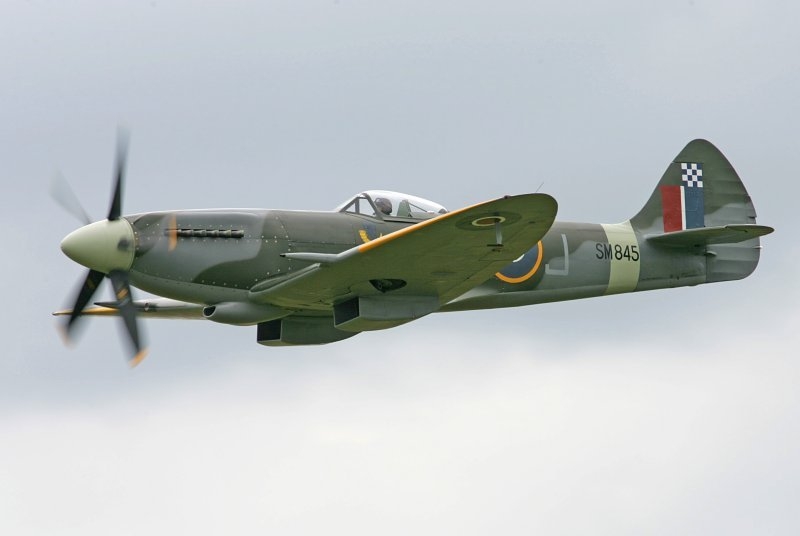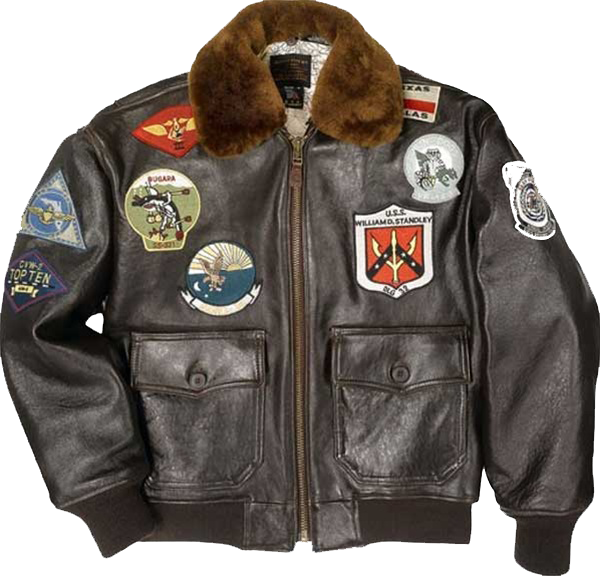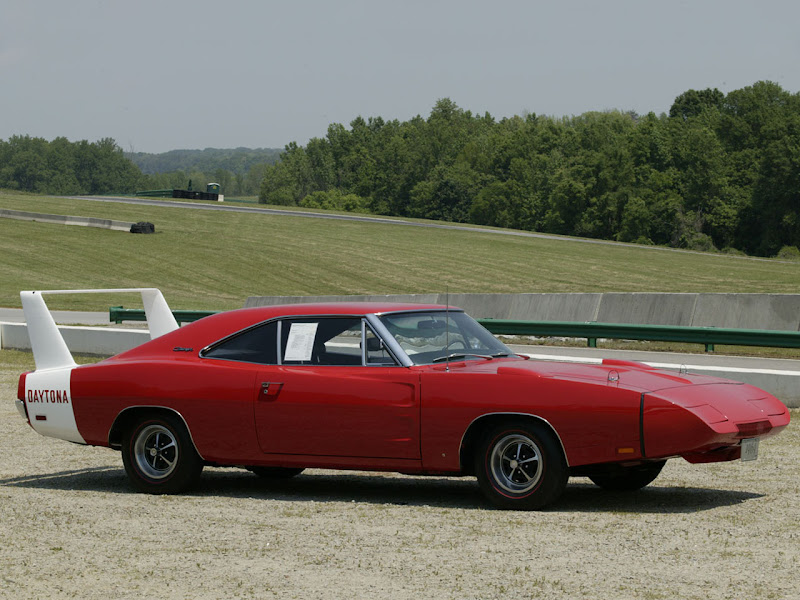.
 Greeves Motorcycles Ltd
Greeves Motorcycles Ltd is a British motorcycle manufacturer producing motorcycles mainly for the trials and off-road market. Owner Richard Deal bought the rights to the Greeves name in May 1999. The original company had been producing motorcycles since 1952, funded by a contract with the Ministry of Pensions for their Invacar. a three wheeler for disabled drivers. After many wins in motorcycle trials competitions and developing a successful US export market the original company ceased trading following a fire in 1977. The new company continues to develop motorcycles and launched the first new Greeves Trials Bike for 20 years in January 2009, with an innovative new all British two stroke 280cc engine.

Competition success
It was off road competition that was to dominate Greeves production, and in 1956 Greeves signed motocross rider Brian Stonebridge and started competing in the European Motocross Championship. Stonebridge became the company Competitions Manager and Development Engineer, as he was a skilled two stroke tuning specilaist and was able to significantly improve the performance of the Villiers engines. In April 1957 Brian Stonebridge managed to beat the 500cc bikes on the much smaller capacity Greeves round the demanding and hilly Hawkstone Park course, winning the 350cc race and coming second in the 500cc race, establishing Greeves reputation as true off road competition motorcycles. The next Greeves model was called the 'Hawkstone' to capitalise on this success and the company began to specialise in motocross motorcycles, ridden by champions including Peter Hammond, Jack Simpson and Norman Sloper.

Stonebridge led a three man Greeves team to the West German ISDT event in 1958 and had a faultless ride, winning another gold medal. In October 1959 tradgedy struck the Greeves team when Brian Stonebridge was killed in a car accident. Bert Greeves was at the wheel and Stonebridge was in the passenger seat when they crashed returning from a visit to a factory in Bradford. In a head on collision Bert was only slightly injured but in the days before seat belts it proved fatal for Brian, who died at the scene of the accident.

After the death of Stonebridge Greeves signed Dave Bickers who won the 1960 and 1961 250cc championship. The company went on to win the Manx Grand Prix, the Scott Trial, the European Trials Championship and the Scottish Six Days Trial, winning gold medals in the ISDT and the ACU 250cc Road Race. Bert Greeves also managed to sign up Bill Wilkinson, the Yorkshire trials rider who made the headlines when he won the British Experts Trail competition in 1960, the first time it had ever been won on a two stroke motorcycle and a significant result for the Greeves factory.

In 1963 the Greeves range still included the 25DC Sports Twin and two new models with the latest glass fibre tanks and handlebar fairings, as well as plastic mudguards. These were the 25DD 'Essex' and the 250 DCX 'Sportsman'. The same year the Greeves factory was asked to provide the motorcycles for the British ISDT team. This was significant because the team had previously relied on four stroke vertical twins. Greeves produced three special machines for the event, which was held in the Czechoslovakian mountains. The engines were highly modified Villiers MK 36A but instead of the standard Villiers crankshaft they had an Alpha assembly and the squared off cylinder barrels and heads were cast in Bert Greeves' own foundry and painted with matt black heat dispersing paint. Although one of the riders, Triss Sharp, had starting problems his brother Brian Sharp and the third rider Peter Stirland both won gold medals. The only woman to compete in the event was also riding a Greeves machine and won a bronze medal.


Greeves also made a successful entry into road-racing with the 250 cc Silverstone model. Although these were not as fast as some of their competitors, they earned a reputation for reliability and were chosen to be the standard motorcycles for the Mortimer Road-Racing School. As well winning the 1964 Isle of Man Grand Prix, Gordon Keith also took the Greeves racer to the fastest lap of the race at 87.6mph, which proved to be the best speed ever by a British 250cc motorcycle. As well as a boot for the Greeves factory, this was an important win when the sport was beginning to become dominated by foreign motorcycles. This led to a lot of interest in the Greeves road bikes, including from a number of British Police forces for a version of the bigger twin equipped with a radio.
Also in 1964 Greeves launched the 'Challenger', and first time out ridden by Garth Weldon it won the Terry Cups Trail. In 1967 a 346cc version of the successful Challenger was launched, together with a and 350cc road racer called the 'Oulton'. A special export model called the 'Ranger' was also developed but by 1968 Villiers had pulled out of engine production and Greeves decided to leave the trails motorcycle market to concentrate on the development of a motorcross model.

As the Japanese entered the market place - Suzuki dominated the European Championships from 1970 to 1973 - sales began to slow. They were successful in winning an important order to supply the Royal Artillery Motorcycle Display Team with motorcycles and developed the 'Greeves Griffons' but a change in the law meant that the Invacar, which had been the mainstay of the company (even at the peak of motorcycle production Bert Greeves still answered the telephone as "Invacar Limited") was no longer legal for road use so the Ministry of Pensions decided to replace it with a four wheeled car. Bert Greeves decided that it was time to retire from the business and was soon followed by his cousin Derry Preston-Cobb. The company floundered in 1976 and after a fire at the factory were unable to resume production and went into receivership.
Avery good link :
http://www.kivas.com/greeves/












 2:48 AM
2:48 AM
 Admin
Admin

























 Photo provided by Harley-Davidson Archvies
Photo provided by Harley-Davidson Archvies
































